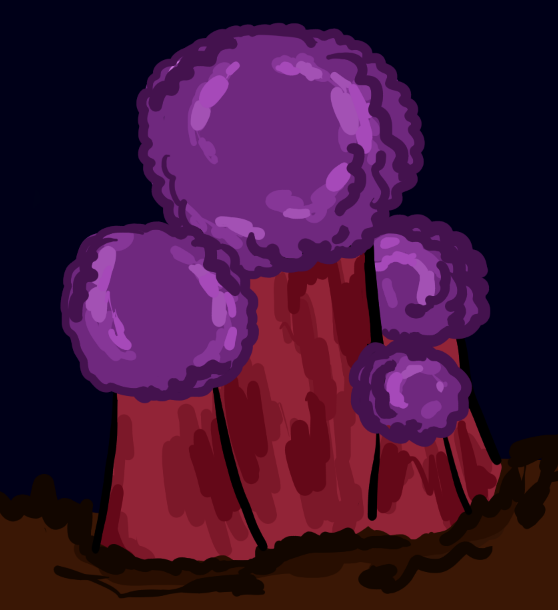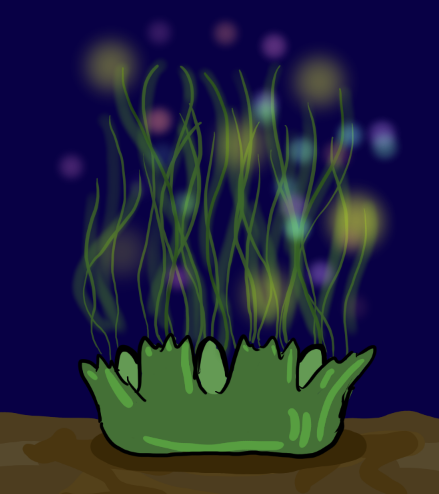Cnidaria
Cnidaria is a phylum of perplexing organisms that we consider some of the most unique in the Yonderverse. With over seventy thousand jellyfish and around a hundred thousand coral species in the A To Zoo, we are vocal about these very misunderstood organisms.
These animals are often some of the first to evolve on planets due to their simple physiologies. Most inhabit marine waters, some in fresh and brackish waters, and some cnidarians even exist on land and in skies.
Scientific Classification
DOMAIN: EukaryaKINGDOM: Animalia
SUBKINGDOM: Eumetazoa
CLADE: ParaHoxozoa
PHYLUM: Cnidaria
Medusae vs Polyps
Most Cnidarians have two basic forms, medusae and polyps. Medusae are mobile, such as jellyfish, while polyps are sessile, stuck to surfaces.
This, of course, is not a universal rule for Cnidarians, but is common.
The simple diagram below shows the life cycle of a false island jelly, native to planet Kyrophis.
False island jellies have the same reproductive stages as any other jelly species in Ulmaridae. Life starts as an egg, which is fertilised when males release strings of sperm into the water and is ingested by females. Eggs will hatch into larva, which settle on the seabed forming polyps.
The polyps will asexually reproduce, bud, and form strobila, also known as budding polyps. These buds break off and form ephyrae, which turn into medusa, the most commonly known form of a jellyfish.
Anthozoa
Anthozoa contains billions of sea anemone and coral species. Most are sessile, meaning they are stationary, stuck to seabeds or other surfaces.
Anthozoans have incredible capabilities to support life - coral reefs are some of the most diverse ecosystems on any planet with large bodies of water.
Medusozoa
Medusozoa contains many classes of jellyfish and other animals. These animals are characterised by the medusa in their life cycles.







Yaaas, I love these overview articles
Explore Etrea | March of 31 Tales
Thank youuu! <3